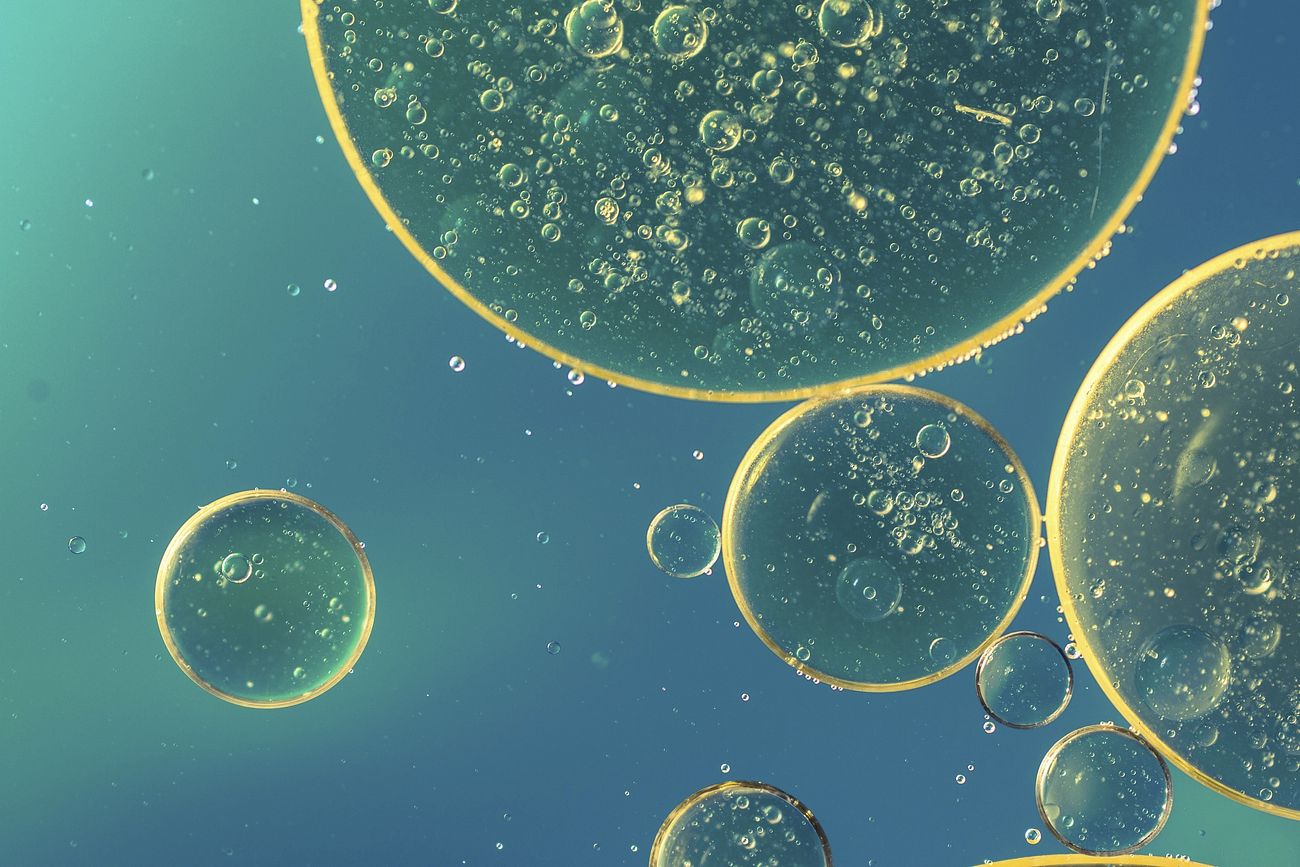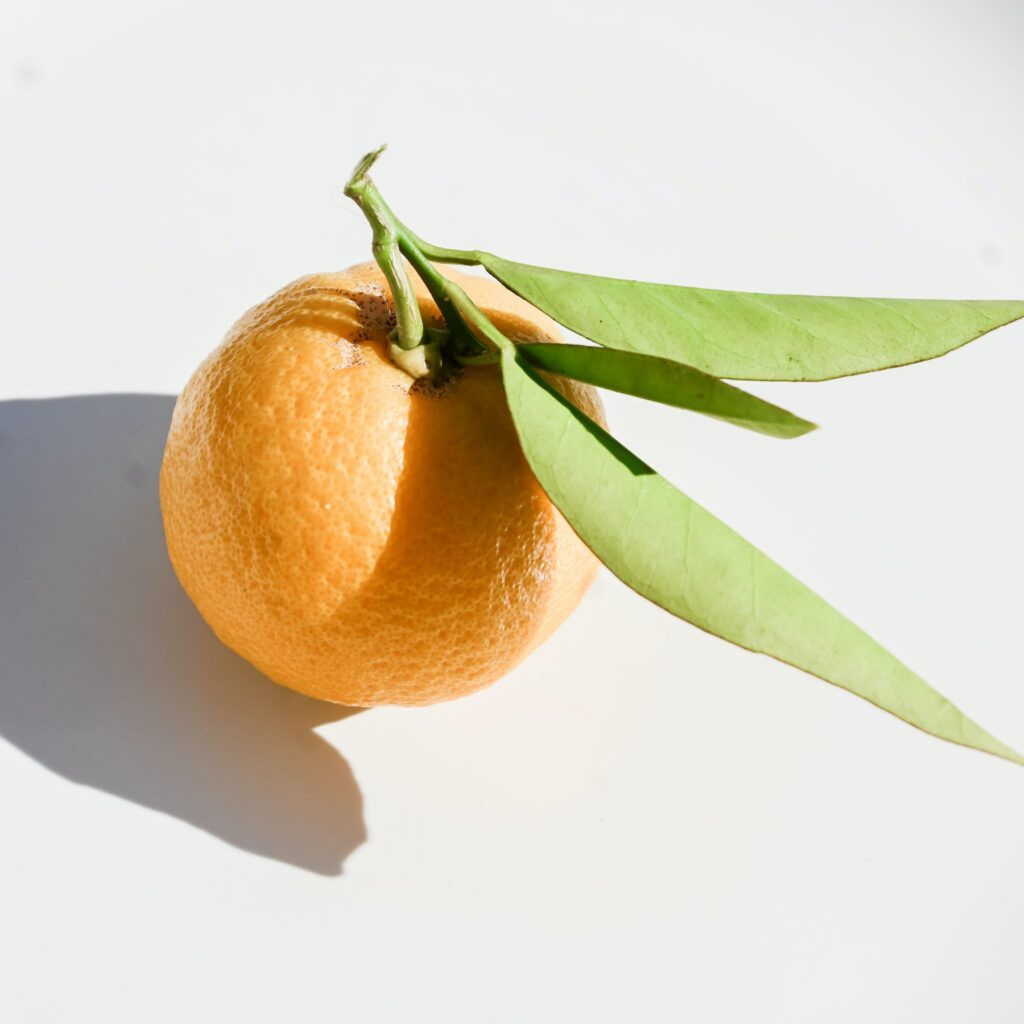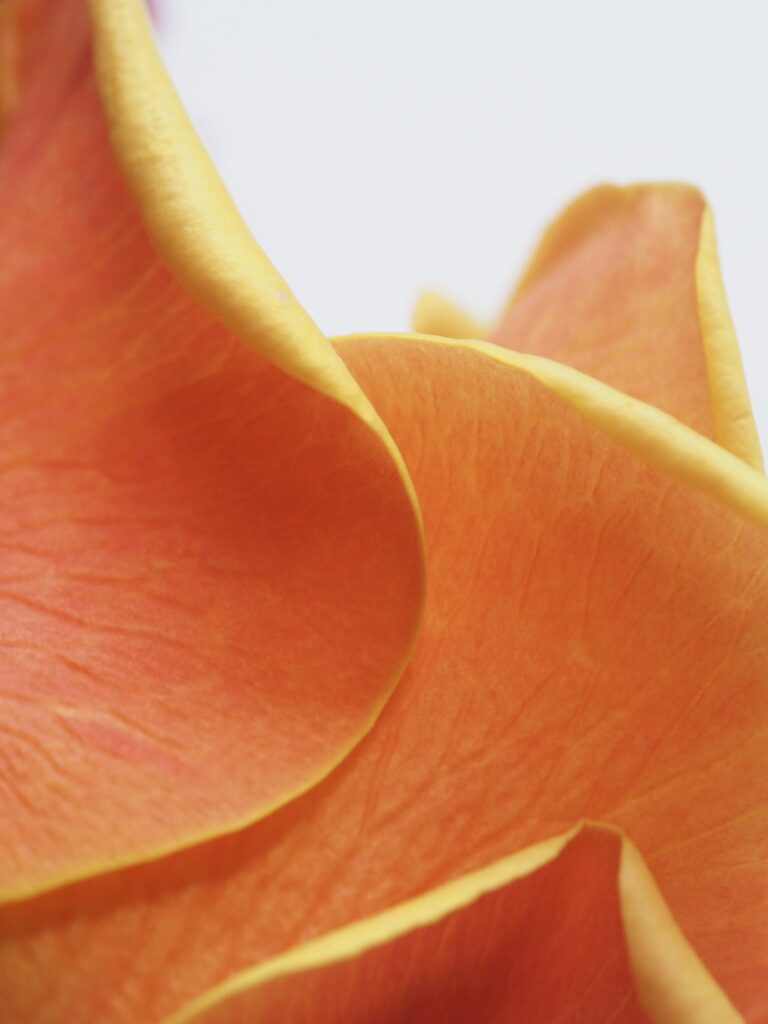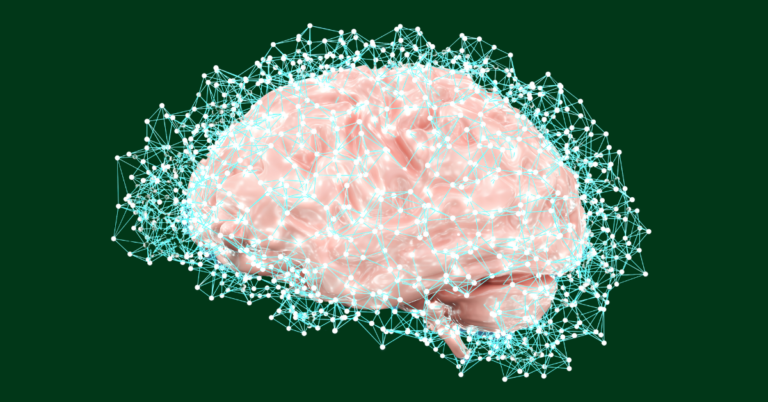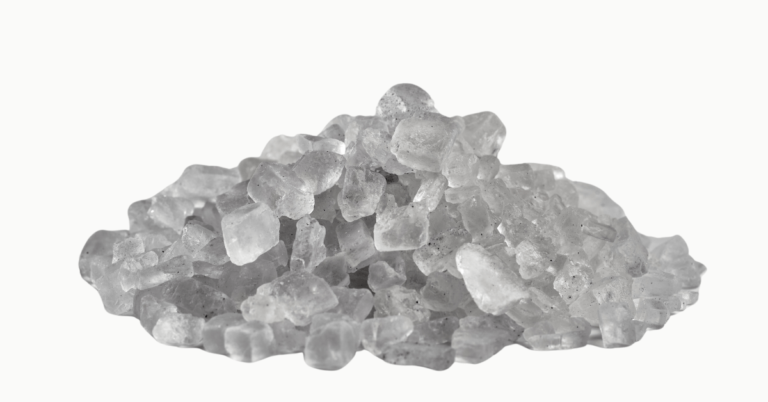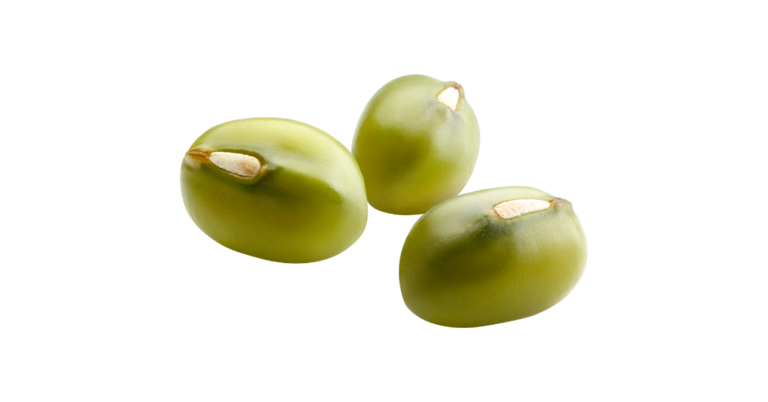Anxiolytic Properties Of 3 Important Oils & Their Benefits
Anxiolytic refers to the ability of a substance to alleviate symptoms associated with anxiety.
Phytotherapeutic aids, which include plant oils and olfactory stimulation by plant scents (aromatherapy), can exhibit anxiolytic effects that help to soothe anxiety and stress.
Subsequently, there are bioactive properties in plants, grasses, flowerheads, and other natural sources that may be helpful in anxiolytic actions.
Phytotherapeutic oils have long been used to soothe anxiety and regulate mood. Depending on suitability, they can be highly effective natural aids in managing stress and anxiety.
Key Points In This Article
This article explores the anxiety-relieving properties of plants and their bioactive compounds. It examines the use of anxiolytics in traditional sciences like Ayurveda. It considers some plants that are recognised as helpful in alleviating anxiety, with case studies available to support their anti-anxiety actions.
We’ll begin by defining key terms and insights that are necessary for the article.
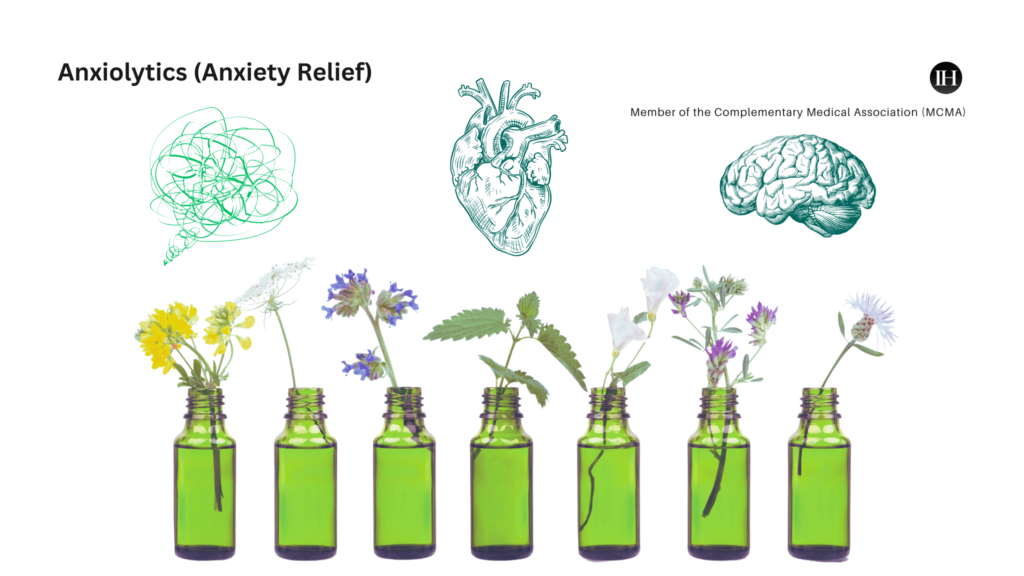
Understanding The Term Anxiolytic
To begin with, anxiolytics are substances that are prescribed medications or phytotherapeutics from natural plant sources—typically used to provide relief in symptoms of anxiety and related issues.
There are two main categories of anxiolytic substances: synthetic or man-made and naturally occurring.
Additionally, one of the critical roles of anxiolytics is to target neurotransmitters in the brain involved in stress and anxiety responses, such as gamma-aminobutyric acid (GABA) and serotonin, eventually helping alleviate anxiety.
Short & Long Term Effects of Anxiolytics
Depending on the type and dosage, the properties have short-term and long-term effects on the brain.
Short-term effects may include feelings of calmness and relaxation, while long-term use may lead to tolerance, dependence, and withdrawal symptoms in cases of synthetic drugs.
This is one of the significant drawbacks of synthetic drugs and can lead to side effect-related complications with prolonged use.
Generally, most natural anxiolytics are safe for humans, depending on the plant they are derived from and the method of systematic use.
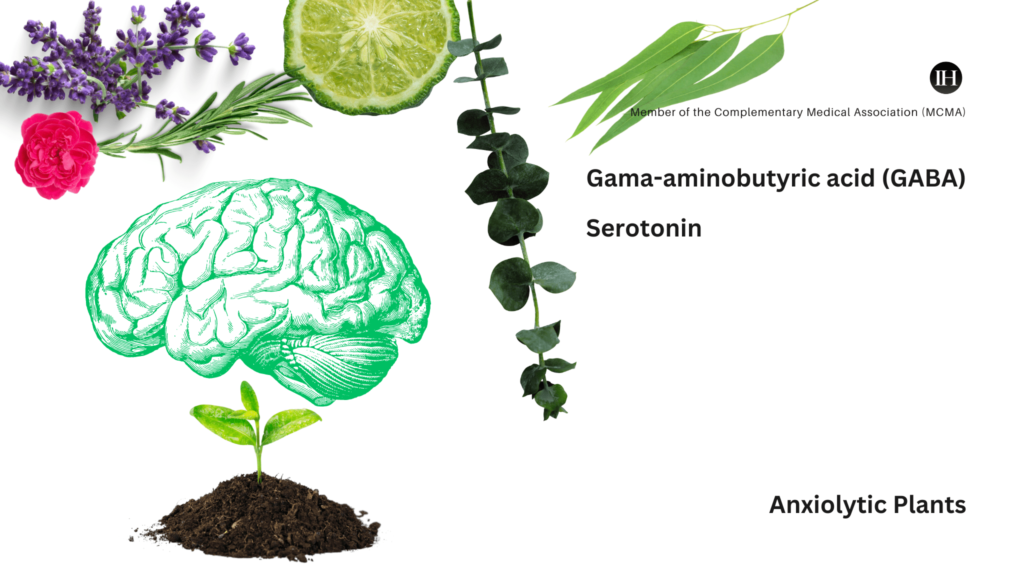
Understanding Anxiety
Contemporary society is widely affected by anxiety, “an emotional state characterised by worry and apprehension that carries physical, mental, and behavioural manifestations.”
Anxiety is experienced in some way or another throughout an individual’s lifetime, and this is part of the universal human experience.
Plants that naturally contain anxiolytic properties can be helpful in reducing anxiety symptoms.
Countermeasure & Resilience
Anxiety is a complex issue that can lead to dysfunctional states. The severity of anxiety depends on how often it occurs, how long it lasts, and whether or not you take steps to work through it in a positive way.
- Building resilience is similar to building muscle; it requires consistent practice and effort to develop, which is a fundamental factor in working through patterns.
- Plant oils can benefit one’s routine by stimulating neuronal receptors through the olfactory system.
- Subsequently, the body, specifically the gut’s health, can support a better state of mind. This principle is fundamental to traditional sciences.
The Difference Between Anxiety & Fear
Similarly, anxiety and fear can be commonly confused. Firstly, anxiety involves a general sense of unease and increased awareness, while fear is a response to a specific threat (Nuss, 2015).
Ayurvedic Recognition of the Cause of Anxiety
Additionally, according to Ayurvedic Sciences, anxiety can also be related to disturbances in the gut microbiota (gut-brain axis), bio-element disturbances in vata, pitta, kapha or as a result of the experience of trauma.
In response to “Chittidwega” (anxiety), Charaka, Sattvavajaya Chikitsa suggests that the route to getting better is nothing but the withdrawal of the mind from unwholesome objects.
(Roshni, 2020)
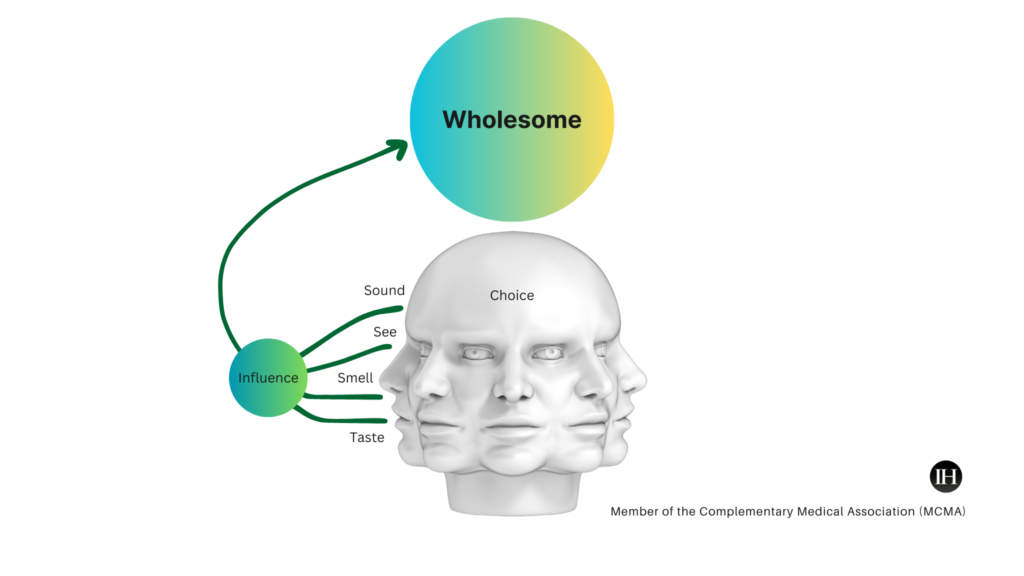
Ayurveda recommends maintaining a healthy diet, seeking diverse remedies and experiences, and strengthening the gut-brain relationship to balance the internal environment.
Context of Recent Impacts 2020 & Beyond
To provide further context, WHO reported a 25% increase in anxiety and depression cases during the pandemic’s first year, particularly among women and younger adults.
Based on the historical application of natural bioactive compounds in diet and as therapeutic support, natural aids may be a helpful tool in equipping oneself to build emotional and mental resilience as a part of a well-balanced lifestyle practice.
The following section examines the biochemical actions of plant oils to induce calming effects by impacting GABA and Serotonin neurotransmitters.
GABA is a neurotransmitter that helps reduce neural activity in the brain (reducing the excitability of nerve cells. It acts as a natural tranquilizer, helping to calm the brain and reduce anxiety levels), while SEROTONIN is a neurotransmitter that helps regulate mood, sleep, and appetite.
Modulating Neuronal-Activity Via Anxiolytic Actions
In terms of plant anxiolytics, there are several categories of compounds that exhibit these properties based on their chemical structure and mode of action.
Most of them work by enhancing the effects of GABA or increasing the availability of Serotonin in the brain. GABA and serotonin neurotransmitters are part of the central nervous system (CNS).
Selective serotonin reuptake inhibitors (SSRIs) are a commonly used anxiolytic that increases the level of serotonin in the brain.
Here are some additional details about the two neuronal activities:
GABA
GABA receptors are neurotransmitter receptors that bind to gamma-aminobutyric acid (GABA), the primary inhibitory neurotransmitter in the central nervous system.
They help to reduce or inhibit specific actions in the brain and body.
GABA receptors play a crucial role in regulating neuronal excitability. Subsequently, this makes them important targets for a wide range of drugs used to treat anxiety, insomnia, epilepsy, and other neurological disorders.
Serotonin
Serotonin neurotransmitter is synthesised in the brain and gut. It influences various physiological and psychological processes, including mood, appetite, and sleep.
In relation to anxiety, serotonin can help regulate stress, fear, and anxiety levels in the brain.
The Nuss, P. (2015) study titled “Anxiety Disorders and GABA Neurotransmission: A Disturbance of Modulation” emphasises the significance of a specific approach to treating anxiety disorders, suggests that the primary goal of treatment should be to “retrain” and normalise the various neurobiological circuits that are deregulated in anxiety disorders.
This correlates to the core of traditional sciences, which work to restore balance to disturbed or deregulated bio-elements within the body.
Essential Oils (EOs) From Organic Plants
In aromatherapy and other practices, anxiolytics use highly concentrated plant extracts known as essential oils for their therapeutic benefits.
Here are some key points about anxiolytic oils:
- Anxiolytic plant oils have calming, rejuvenating, and uplifting effects on the mind and body.
- Plant oils have significant mood-enhancing effects as they influence the olfactory system and neuronal transmitters.
- Some of the key compounds in plants with anxiolytic effects are terpenes and phenolics.
- Essential oils are used in several ways, such as topically, through steam therapy, massage, and inhalation during meditation using bio-breathing techniques.
Crossing through the neuronal networks
Essential oils can cross the neuronal network of the olfactory system and interact with specific brain regions, resulting in activation that promotes a calming and anxiety-reducing effect, as stated by (Agatonovic-Kustrin et al., 2020, p. 286). This stimulated bio-action makes them valuable and promising in their anxiolytic properties.
The next section explores some of these compounds further.
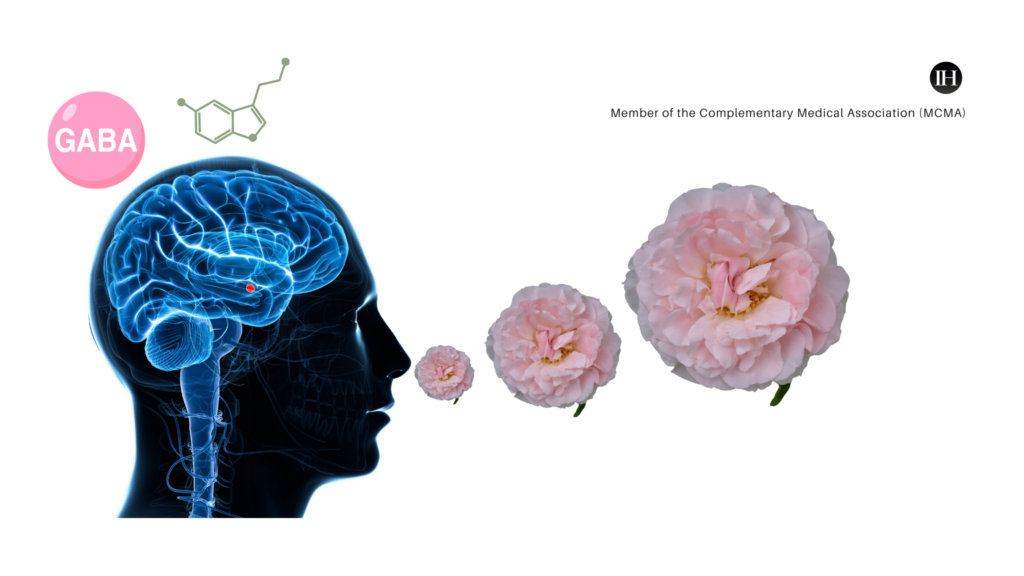
Plant Bioactive Compounds
As discussed in the former sections of this article, bioactive compounds found in plants exhibit medicinal properties, including their ability to reduce inflammation in the human body.
Terpenoids (terpenes) found in plants, and their oils, such as linalool, geraniol, citronellol, and limonene, are well-known for helping alleviate anxiety.
Compounds: Terpenoids (Terpenes)
The (in vivo) study by Agatonovic-Kustrin et al. (2020) highlights the established connections between phytotherapeutic oils containing terpenoids and their anxiolytic effects.
Subsequently, the study suggests that essential oils with high concentrations of terpenoid alcohols, such as linalool, geraniol, citronellol, and limonene (also known as citral), can help alleviate anxiety.
Below are some examples of plants that contain anxiolytic properties:
Citrus Aurantium L: Bitter Orange
Bergamot
Damask Rose
Lavender
Jasmine
Vetiver
Citrus Limon (LEO)
1,8-Cineole Eucalyptus
Lemongrass
C. Camphora
Plant oil names source: Tan and Qu (2023)
Example Case Study: Anxiolytics Documented On (SAIS) & (TAIS)
(SAIS) is the state anxiety inventory scale, and (TAIS) is the trait anxiety inventory scale.
Tan and Qu conducted a review in 2023 to study the effects of different interventions on anxiety scores through randomized controlled trials and network meta-analysis.
The study showed that an intervention of Jasmine with a cumulative duration of 30 to 100 minutes was effective in reducing state anxiety.
Conversely, an intervention of citrus aurantium L. (bitter orange) with a cumulative duration of 10 minutes or less showed efficacy in reducing trait anxiety.
Upon combining self-reported (SAIS) and (TAIS) with objective indicators, the researchers found that a 10-30 minute intervention using bitter orange proved to be the most effective.
Key Takeaways
This intervention not only reduced (SAIS) and (TAIS) but also led to a decrease in systolic blood pressure (SBP), diastolic blood pressure (DBP), and heart rate (HR).
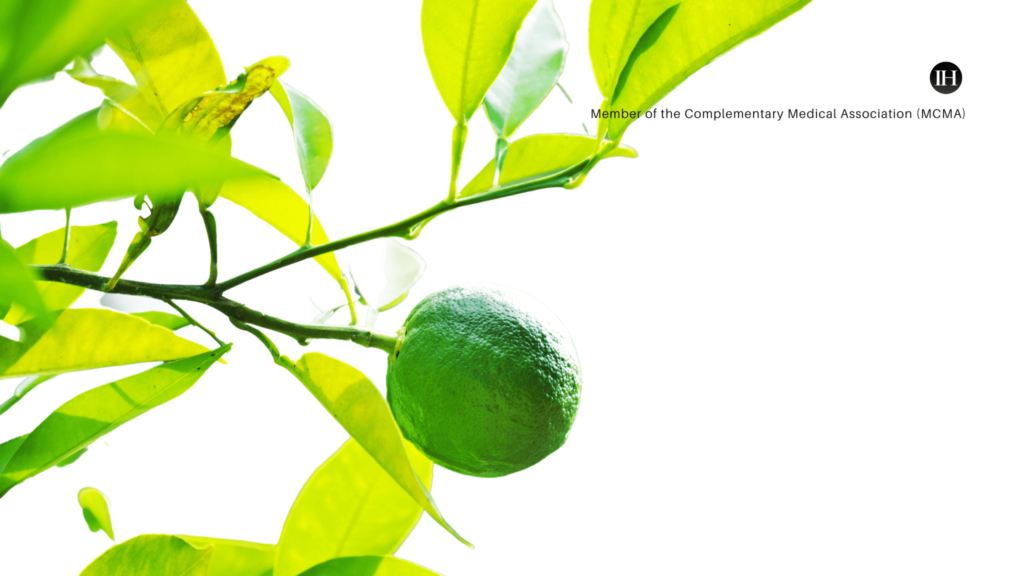
Three Plant Essential Oils Recognised For Anxiolytic Actions
The following section explores the anxiolytic actions of three specific plants:
- Vetiver
- Citrus Limon
- Bitter Orange
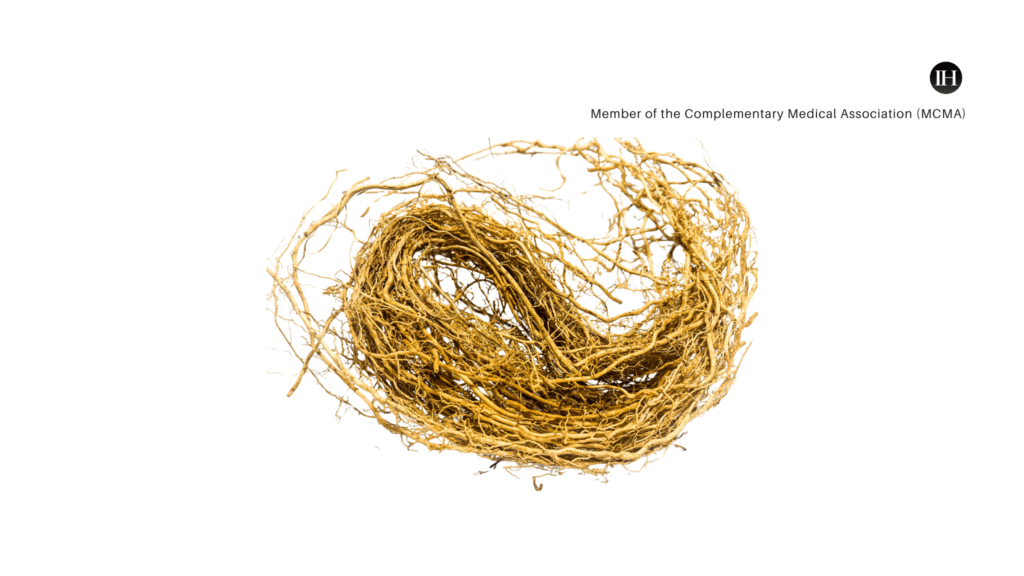
1. Vetiver Oil
Vetiver oil from the Vetiver (Chrysopogon zizanioides) plant has a deep, earthy, smoky, woody, and slightly sweet aroma.
- Vetiver promotes feelings of calmness and relaxation. Its oil can be thick, viscous, and dark brown or amber. Vetiver is known for alleviating emotional disturbances, such as restlessness, and has sedative qualities.
- Furthermore, in Ayurvedic principles, it has natural cooling properties that make it highly beneficial for harmonising aggravated Pitta, which is closely linked to these emotional imbalances.
- It has potent anti-inflammatory actions due to sesquiterpenes, khusimol, and beta-vetivone.
Here Are Some Therapeutic Terms Associated With Vetiver:
Calming
Sedative
Nervine
Example Case Study In Uses Of Vetiver EO
Lunz and Stappen (2021) provided an overview of the chemical composition and bioactivity of selected root-essential oils. According to their research, vetiver EO possesses potential sedative/relaxing and anxiolytic effects upon inhalation.
Here are some key points from the study:
- Modern scientific studies have confirmed that vetiver EO possesses potential sedative/relaxing and anxiolytic effects upon inhalation.
- Moreover, it has been reported that breathing the volatile components emitted from the EO of C. zizanioides reduces blood volume in the frontal lobe of brain, underlining the potential sedative effects on brain activity.
- Inhalation of volatile compounds emitted from the cut roots of C. zizanioides increased focus in humans during a visual display terminal task. Participants under low-dose conditions (0.25 μg) showed faster reaction times and stimulated sympathetic nerve activity.
- Vetiver is a stimulant to improve alertness and task performance.
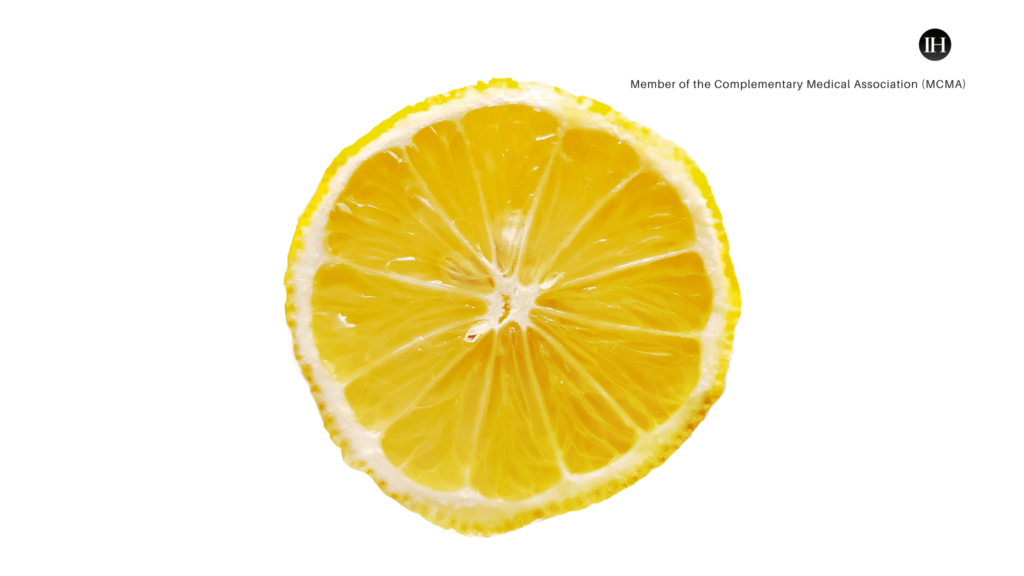
2. Citrus Limon Oil
Citrus limonum oil (Lemon oil) which comes from Citrus limonum, a natural cleansing and purifying agent, has a fresh, zesty, citrusy aroma. Its bright and uplifting scent is energising and invigorating.
Here Are Some Therapeutic Terms Associated With Citrus Limon Oil:
Revitalising
Awakening
Balancing
Example Case Study In Uses Of Citrus Limon Oil EO
According to Klimek-Szczykutowicz, Szopa, and Ekiert (2020), in their review of “Citrus limon (Lemon) Phenomenon”, the main compound of C. limon essential oil.
Subsequently, the study suggests that D-limonene—in concentrations of 0.5% and 1.0%, administered (in vivo) by inhalation, has a significant calming and anxiolytic effect by activating serotonin and dopamine receptors.
In addition, D-limonene has an inhibitory effect on pain receptors, similar to that of indomethacin and hyoscine.
Here is an example of how Citrus Limon Oil influence the nervous system:
| Effects on the nervous system | -Inhibitory effect on pain receptors similar to that of indomethacin and hyoscine (D-limonene);-Sedative and anxiolytic effect by activating serotonin and dopamine receptors. |
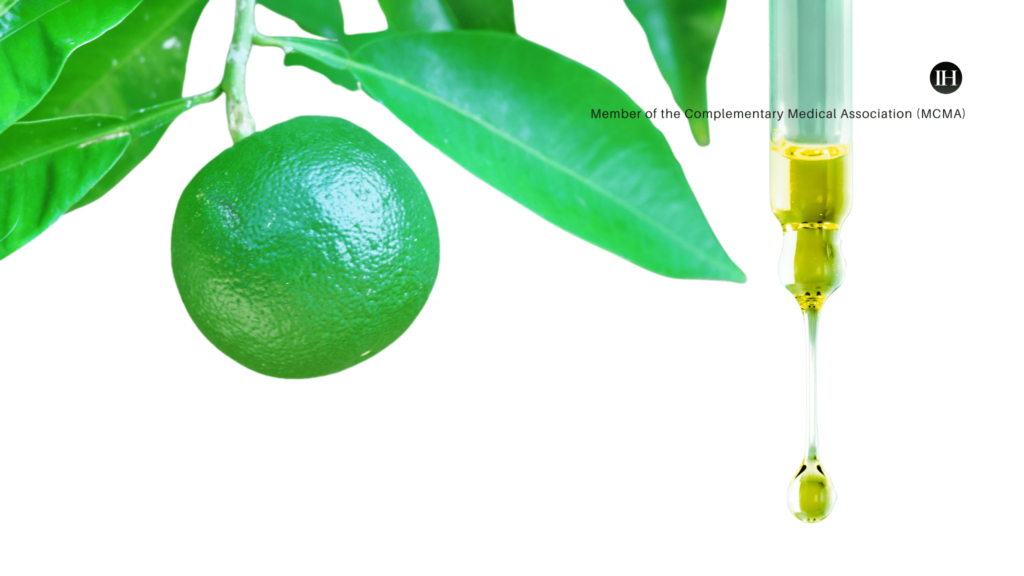
3. Bitter Orange Oil
Many traditional and modern scientific inquiries have unquestionably substantiated the extraordinary advantages of C. aurantium L, Bitter Orange, compared to other Citrus species.
Bitter orange oil has a fresh, sweet, and citrusy aroma with a slightly bitter and herbaceous undertone.
The flowers of Bitter orange possess anti-depressant, anti-infectious, and sedative attributes and are frequently utilised in pharmaceutical preparations.
Here Are Some Therapeutic Terms Associated With Bitter Orange:
Energising
Clearing
Uplifting
Example Case Study In Uses Of Bitter Orange EO
According to Maksoud et al. (2021), inhaling Citrus aurantium essential oils reduced scores on the State-Trait Anxiety Inventory (STAI) psychometric scale in a study conducted on the anxiolytic actions of bitter orange.
Furthermore, changes in physiological measurements indicate its potential anxiolytic effect.
Additionally, the study demonstrated that patients who used nebulised bitter orange oils were able to maintain controlled levels of anxiety during the Simulated Public Speaking (SPS) method, which is known to induce anxiety, in comparison to the control group.
Types of Methods Using (EOs) As Anxiolytic Support
The efficacy of an anxiolytic plant oil depends on several factors. One factor is the method of using an essential oil. Below are some common methods deployed in the therapeutic use of plant anxiolytic oils.
- Steam Therapy Inhalation
- Warm Bath Soak
- Deliberate Breath Technique
- Traditional Cloth & Oil Inhalation/Exhalation
- Tailored Massage Therapy
Other Factors That Influence The Efficacy Of An Anxiolytic Oil
Managing anxiety can be a complex process, and the effectiveness of essential oils in helping with this can depend on several factors.
It is important to consider factors such as the type and quality of essential oil used, the application method, the dosage, and an individual’s unique physiological and psychological makeup when using essential oils.
Similarly, the effectiveness of essential oils can also be influenced by the environment and context in which they are used.
Ayurveda: Vata Pitta & Anxiolytic Plants
Furthermore, Ayurveda recognizes that stress and anxiety can lead to excess production of stress hormones. This impacts several physiological functions.
Excess of these hormones can cause physical symptoms like a rapid heartbeat, sweating, and shortness of breath.
Ayurveda aims to restore equilibrium by introducing opposing elements to address the root cause of anxiety arising from the Vata and Pitta bio-element imbalances.
Numerous plants and herbs are widely utilized in Ayurvedic treatments.
The Desi Gulab, which is similar to the “Damask Rose” essential oil, is recognized for its impact on the brain, stress, and anxiety. It is used in inhalation therapy, massage, and rose waters.
Summary
To summarize, anxiolytics function to alleviate anxiety and stress.
However, several natural plant oils are recognized for their anti-anxiety and calming effects. Numerous studies suggest that certain bioactive compounds present in these plants, such as terpenes in essential oils, are responsible for their anxiolytic actions.
Moreover, plants like Vetiver, Citrus Limon, Bitter Orange, and Damask Rose have been well-documented for their anti-anxiety and stress-relieving properties. The suitability of a plant essential oil depends on individual health status.
Precautions & Suitability
Precautions and personal responsibility are paramount. If something is suitable or not, make an informed choice and seek the advice of a professional. The use of plant essential oils depends entirely on individual health status.
This is an informational post only and does not constitute as professional advice.
InteGratiive Insight: Improving Anxiety By Supporting The Gut
As reported by Alramadhan et al. (2012) in dietary and botanical anxiolytics, “more natural treatments, including amino acids, minerals, and fatty acids, can reduce anxiety. Anxiety may be managed without the harsh side effects of pharmaceuticals using nutritional and botanical treatment as well as lifestyle changes.”
References & source in this article
Agatonovic-Kustrin, S et al. “Anxiolytic Terpenoids and Aromatherapy for Anxiety and Depression.” Advances in experimental medicine and biology vol. 1260 (2020): 283-296. doi:10.1007/978-3-030-42667-5_11
Yang X, Fang Y, Chen H, Zhang T, Yin X, Man J, Yang L, Lu M. Global, regional and national burden of anxiety disorders from 1990 to 2019: results from the Global Burden of Disease Study 2019. Epidemiol Psychiatr Sci. 2021 May 6;30:e36. doi: 10.1017/S2045796021000275. PMID: 33955350; PMCID: PMC8157816.
Bandelow B, Michaelis S. Epidemiology of anxiety disorders in the 21st century. Dialogues Clin Neurosci. 2015 Sep;17(3):327-35. doi: 10.31887/DCNS.2015.17.3/bbandelow. PMID: 26487813; PMCID: PMC4610617.
Nuss P. Anxiety disorders and GABA neurotransmission: a disturbance of modulation. Neuropsychiatr Dis Treat. 2015 Jan 17;11:165-75. doi: 10.2147/NDT.S58841. PMID: 25653526; PMCID: PMC4303399.
Roshni KP. Tele-counselling for management of Chittodvega (anxiety disorder) in Ayurveda–composing ancillary methods during the Covid 19 pandemic. CSIT. 2020;8(4):395–401. doi: 10.1007/s40012-020-00317-0. Epub 2020 Nov 20. PMCID: PMC7678252.
Farrar AJ, Farrar FC. Clinical Aromatherapy. Nurs Clin North Am. 2020 Dec;55(4):489-504. doi: 10.1016/j.cnur.2020.06.015. Epub 2020 Sep 28. PMID: 33131627; PMCID: PMC7520654.
Alramadhan E, Hanna MS, Hanna MS, Goldstein TA, Avila SM, Weeks BS. Dietary and botanical anxiolytics. Med Sci Monit. 2012 Apr;18(4):RA40-8. doi: 10.12659/msm.882608. PMID: 22460105; PMCID: PMC3560823.
Lunz K, Stappen I. Back to the Roots-An Overview of the Chemical Composition and Bioactivity of Selected Root-Essential Oils. Molecules. 2021 May 25;26(11):3155. doi: 10.3390/molecules26113155. PMID: 34070487; PMCID: PMC8197530.
Klimek-Szczykutowicz, M., Szopa, A., & Ekiert, H. (2020). Citrus limon (Lemon) Phenomenon—A Review of the Chemistry, Pharmacological Properties, Applications in the Modern Pharmaceutical, Food, and Cosmetics Industries, and Biotechnological Studies. Plants, 9(1).
Tan L, Liao FF, Long LZ, Ma XC, Peng YX, Lu JM, Qu H, Fu CG. Essential oils for treating anxiety: a systematic review of randomized controlled trials and network meta-analysis. Front Public Health. 2023 Jun 1;11:1144404. doi: 10.3389/fpubh.2023.1144404. PMID: 37325306; PMCID: PMC10267315.
Maksoud S, Abdel-Massih RM, Rajha HN, Louka N, Chemat F, Barba FJ, Debs E. Citrus aurantium L. Active Constituents, Biological Effects and Extraction Methods. An Updated Review. Molecules. 2021 Sep 26;26(19):5832. doi: 10.3390/molecules26195832. PMID: 34641373; PMCID: PMC8510401.
Anxiolytic: https://en.wikipedia.org/wiki/Anxiolytic
Hélio Zangrossi, Cristina Marta Del Ben, Frederico Guilherme Graeff, Francisco Silveira Guimarães,
Chapter 36 – Serotonin in panic and anxiety disorders, Editor(s): Christian P. Müller, Kathryn A. Cunningham, Handbook of Behavioral Neuroscience,
Elsevier, Volume 31, 2020,Pages 611-633, ISSN 1569-7339, ISBN 9780444641250,
https://doi.org/10.1016/B978-0-444-64125-0.00036-0 (https://www.sciencedirect.com/science/article/pii/B9780444641250000360)
Maksoud S, Abdel-Massih RM, Rajha HN, Louka N, Chemat F, Barba FJ, Debs E. Citrus aurantium L. Active Constituents, Biological Effects and Extraction Methods. An Updated Review. Molecules. 2021 Sep 26;26(19):5832. doi: 10.3390/molecules26195832. PMID: 34641373; PMCID: PMC8510401.
Kim KY, Seo HJ, Min SS, Park M, Seol GH. The effect of 1,8-cineole inhalation on preoperative anxiety: a randomized clinical trial. Evid Based Complement Alternat Med. 2014;2014:820126. doi: 10.1155/2014/820126. Epub 2014 Jun 16. PMID: 25028591; PMCID: PMC4083598.
Fazmiya, Mohamed Joonus Aynul et al. “Current Insights on Bioactive Molecules, Antioxidant, Anti-Inflammatory, and Other Pharmacological Activities of Cinnamomum camphora Linn.” Oxidative medicine and cellular longevity vol. 2022 9354555. 7 Oct. 2022, doi:10.1155/2022/9354555

